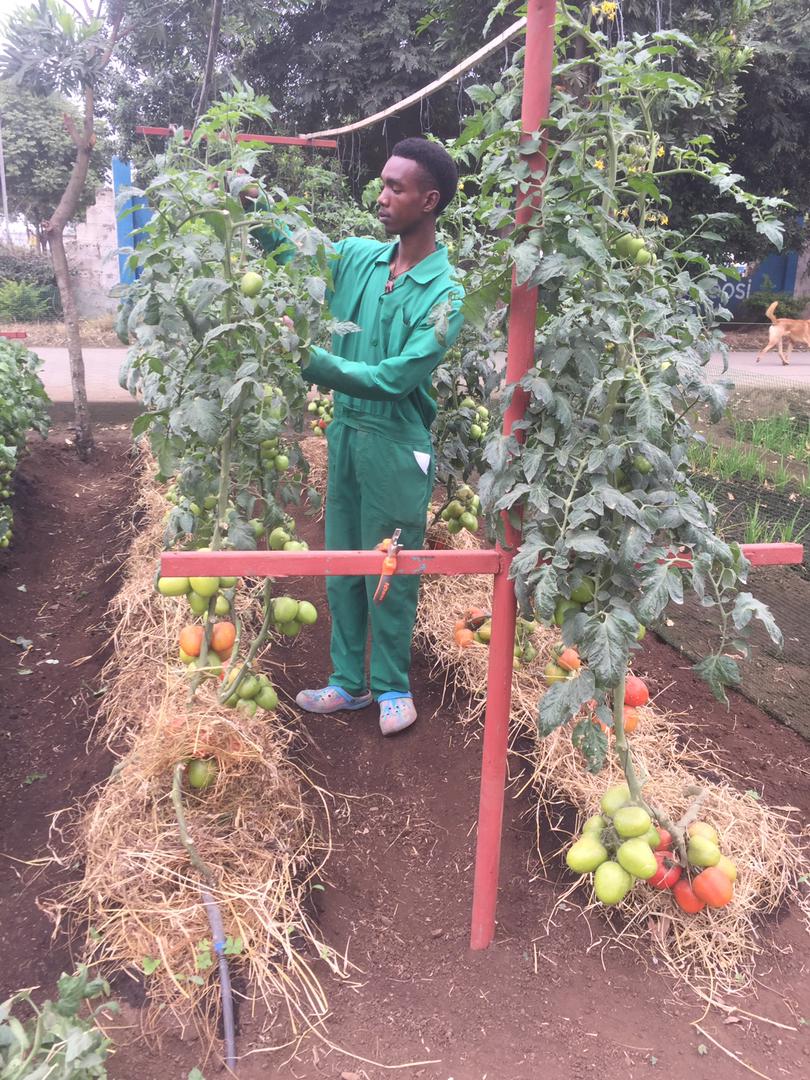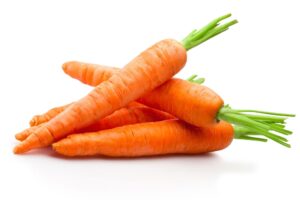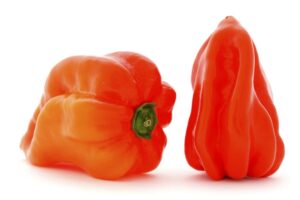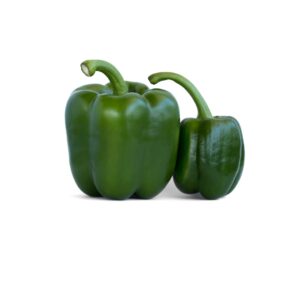
Seed Description.
- Thrives best in cool and temperate areas
- Resistant to leaf yellowing disease
- The average yield per acre is 35-45
- It has the ability to be transported long distances without damage
- The recommended planting space is 50 x 50 cm
- It matures within 75-80 days from transplanting
- The average weight of one cabbage is 2.5 – 3.5 kg
All About Cabbage: Copenhagem Market.
- Growing
- Harvest
- Seed Info
– Choose a sunny location with well-drained soil for growing cabbage.
– Start seeds indoors 6-8 weeks before the last frost date or purchase transplants from a nursery.
– Transplant seedlings outdoors when they are about 4-6 weeks old and the soil temperature reaches 45-75°F.
– Space plants 12-24 inches apart in rows that are 2-3 feet apart.
– Keep the soil consistently moist but not waterlogged.
– Apply a balanced fertilizer or compost before planting and side-dress with nitrogen fertilizer during the growing season.
– Mulch around the plants to retain moisture and suppress weed growth.
– Monitor for common pests like cabbage worms and aphids, and take appropriate measures to control them.
– Harvest cabbage heads when they are firm and fully formed, usually around 70-90 days after planting.
– Store harvested cabbage heads in a cool and humid environment to maintain freshness.
When harvesting cabbage, wait until the heads are firm and fully developed. Use a sharp knife or garden shears to cut the cabbage at the base, just above the soil level. Make clean cuts to avoid damaging the plant. Remove any loose or damaged outer leaves. Harvest one head at a time, leaving the remaining plants in the ground to continue growing. Store harvested cabbage in a cool, humid place to maintain its freshness and quality.
Cabbage is a versatile and resilient vegetable that comes in various colors and leaf textures. It belongs to the same family as broccoli and Brussels sprouts and is packed with vitamin C. To grow cabbage, choose fertile soil with a pH range of 6.5-7.5 and provide consistent irrigation. Start seeds indoors and transplant seedlings after 4-6 weeks. For spring crops, use early and midseason varieties, while midseason and storage varieties are suitable for fall crops. Cabbage prefers cooler temperatures but can tolerate warmer conditions. Water evenly to avoid head splitting and reduce watering as cabbage matures. Fertilize with a high-nitrogen fertilizer. Harvest relatively young heads and store them in cool, humid conditions for optimal preservation.
Contact us Now or call our hotline to get your hands on these exceptional seeds today. Prepare for a flavor explosion that will leave you craving for more!
Testimonials
My Happy Clients!

You may also like
Warning: Trying to access array offset on value of type bool in /home/afribes/domains/afribestseeds.co/public_html/wp-content/plugins/elementor/includes/base/widget-base.php on line 224
Warning: Undefined array key -1 in /home/afribes/domains/afribestseeds.co/public_html/wp-content/plugins/elementor/includes/base/controls-stack.php on line 696



